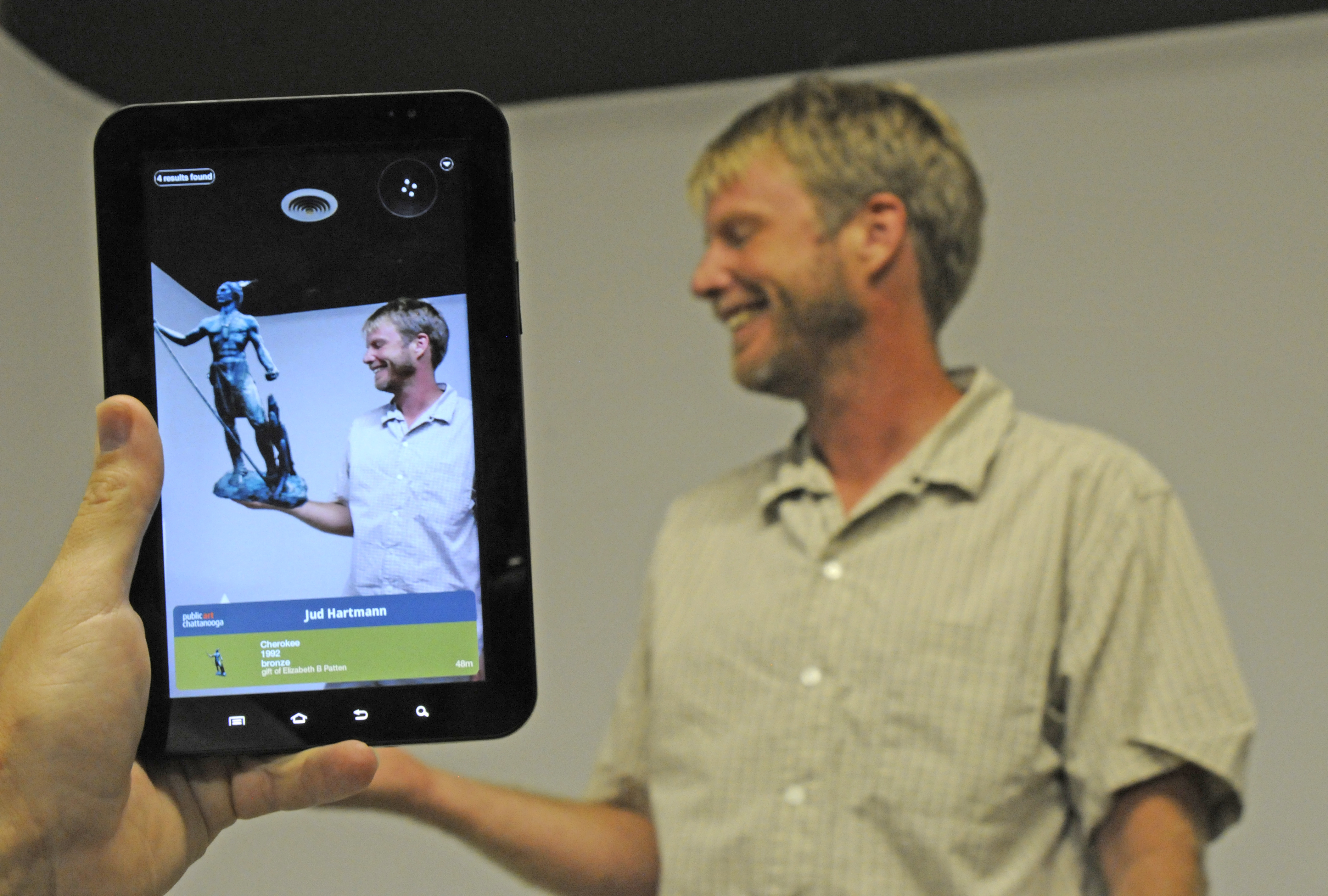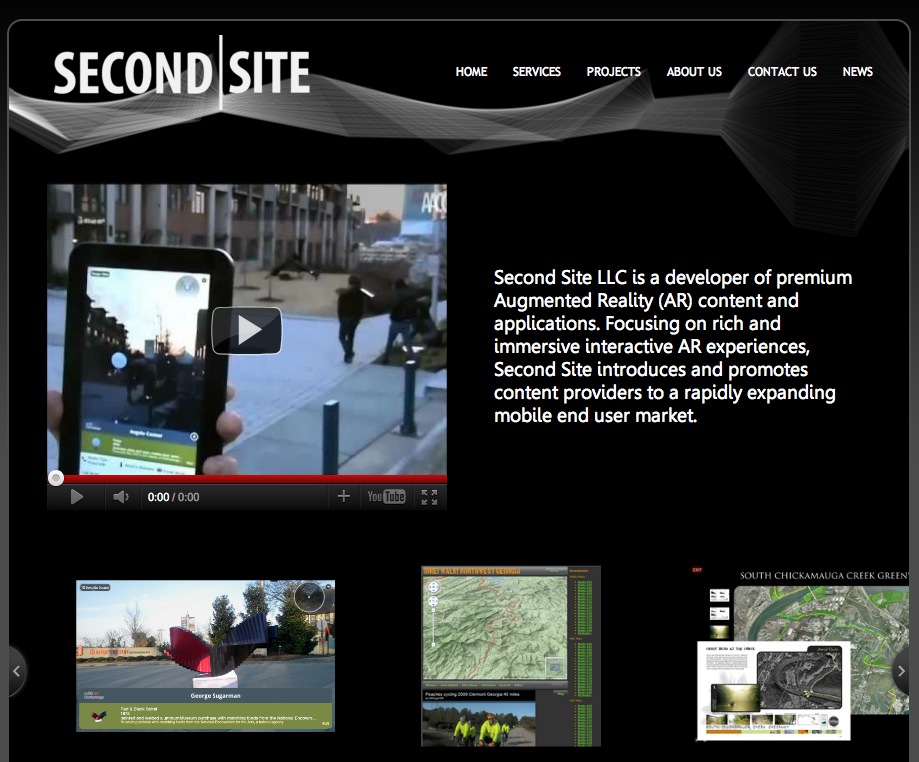Visual reality app may make Chattanooga easier and more fun to access
Friday, January 1, 1904
A Chattanooga software developer has partnered with a Dutch company to create new visual worlds for local smartphone users.
They're using technology called augmented reality -- similar to what ESPN uses to project the yellow first-down line for televised football games -- to make information about Chattanooga easier and more fun to access.
Second Site, which creates augmented reality layers for Chattanoogans, has been selected as the fifth U.S. business partner for Layar, the Amsterdam-based creator of the world's most popular augmented reality browser.
Layar uses the camera on a user's smartphone to superimpose content on the screen that's based on GPS location data or increasingly, from a visual cue. The browser boasts 1.5 million active users, and the company is working to sign deals with phone manufacturers such as LG and Samsung to preload the software.
The way it works is a user in Chattanooga can point his camera phone at a piece of public art, a restaurant or tourist destination and see a menu pop up on the screen of his phone. If he taps the menu, he can see a video, get directions or find out operating hours, depending on available content.
That's where Second Site comes in. It creates the content that users access, from recording interviews with artists to creating 3-D models of Chattanooga's art.
"This technology has been around for a while, it's just taken time for consumers devices to catch up," said Taylor McDonald, president and co-founder of Second Site.
Data Gets Visual
Like a heads-up display in a fighter plane, users can choose from different layers of content depending on what they're looking for. Users can choose from local restaurant data from Yelp or local search from Google, or even see the location of recent tweets in their area.
Andy Carroll, who has been working with geospacial information systems for the past decade, said that it's surprisingly easy to pull information from various databases into the visual realm.
"Whether it's infrastructure or natural resources, crime stats, demographics or even census data, all this stuff has already been mapped out over the last 15 to 20 years," he said.
While much of the data is old, the market for augmented reality applications is fairly young and fragmented.
Layar is just one of several augmented reality browsers for mobile devices, and it can be difficult to share data between the other programs such as Wikitude, AR Toolkit or 3D Compass.
Georgia Tech engineers, meanwhile, are working to create an open source browser and set of standards for the emerging technology called Kharma which, if implemented, would allow more content to play in a single browser, according to the group's website.
In the meantime, Carroll said the technology would be a perfect fit for tourists who want to know more about Chattanooga's history and culture.
"We're doing R&D on some of that right now," he said.
But some of the cooler features, like looking at the strata of Raccoon Mountain or watching a History Channel clip about an old building, may have to wait for advances in mobile hardware.
"Our technology and software is ahead of what the hardware can do right now," Carroll said.
Reality Tourism
Robert Phillips, executive director of the Chattanooga Technology Council, said augmented reality technology shows promise and is a great tool to show off Chattanooga to smartphone-savvy visitors.
"That's a huge area that's going to enable businesses to communicate with their customers in a bunch of different ways," he said.
Dave Santucci, a marketing consultant for the Chattanooga Area Convention and Visitors Bureau, said the group has already created an augmented reality iPhone application for tourists, and is waiting for Apple to approve the program.
The app displays information on each of the bureau's 600 members, including location and prices, to anyone who downloads the app to a cameraphone. He hopes the next version of the app will integrate the public artwork layers created by McDonald and Carroll.
"You can just stand there in the middle of downtown and see all the restaurants and all the attractions," he said of the forthcoming app.
The new tourism app should be out in October. Layar and the overlays by Second Site are available for download now.

